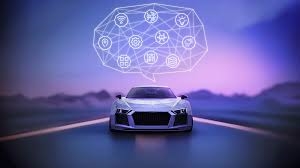
Role of Large Models in Automotive Systems
Examines large models in intelligent vehicles: how Jiyue 01 uses voice interaction, recommendation models and continual learning to enhance UX and self?improvement.

Examines large models in intelligent vehicles: how Jiyue 01 uses voice interaction, recommendation models and continual learning to enhance UX and self?improvement.
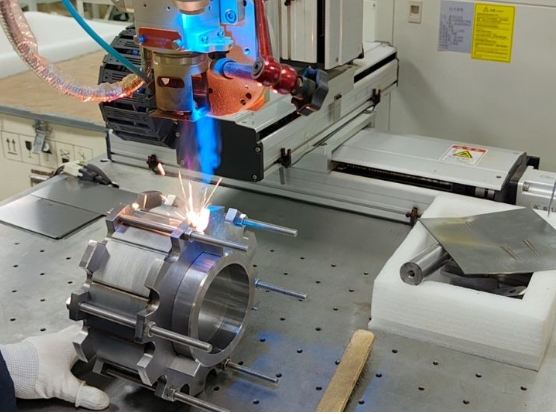
Laser welding of EV motor stator cores: equipment and material preparation, precise parameter control (power, speed, beam) and post-weld NDT and mechanical inspection.
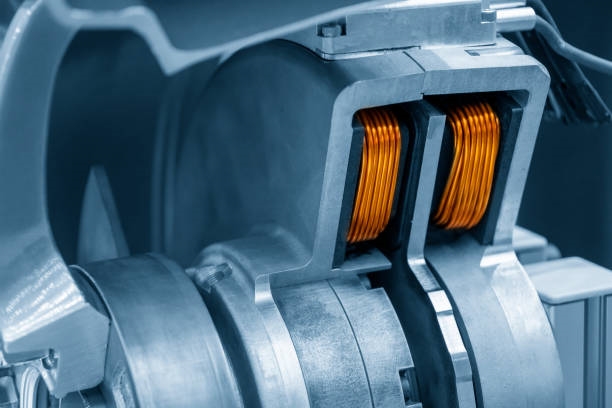
Technical overview of EV drive motor trends: oil cooling methods, flat-wire windings for higher slot fill and efficiency, and multi-function integrated e-drive systems.
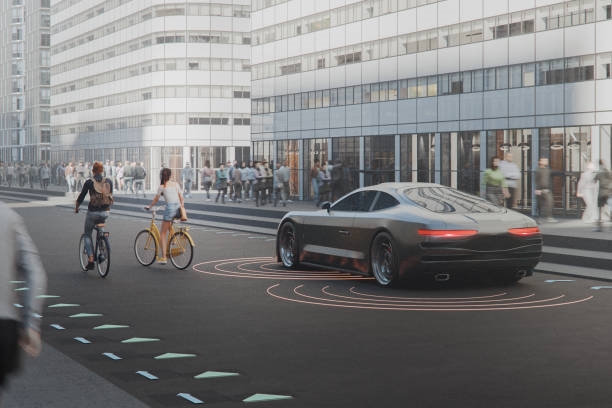
Analysis of centralized processing for 4D imaging radar in automotive ADAS, comparing front-end vs domain-controller architectures and SoC requirements for efficient sensor fusion.
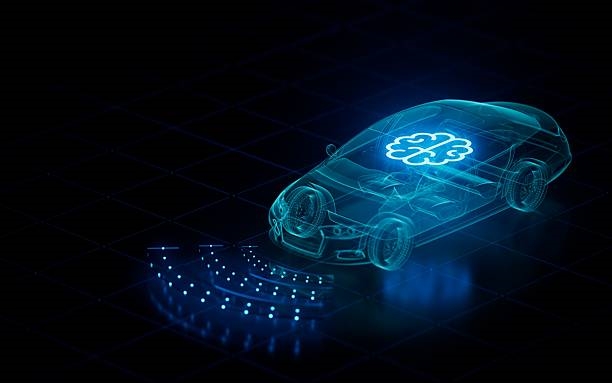
Technical overview of edge computing for autonomous driving, covering architectures, hardware, low-latency V2X, edge-cloud collaboration, heterogeneous compute, and security.
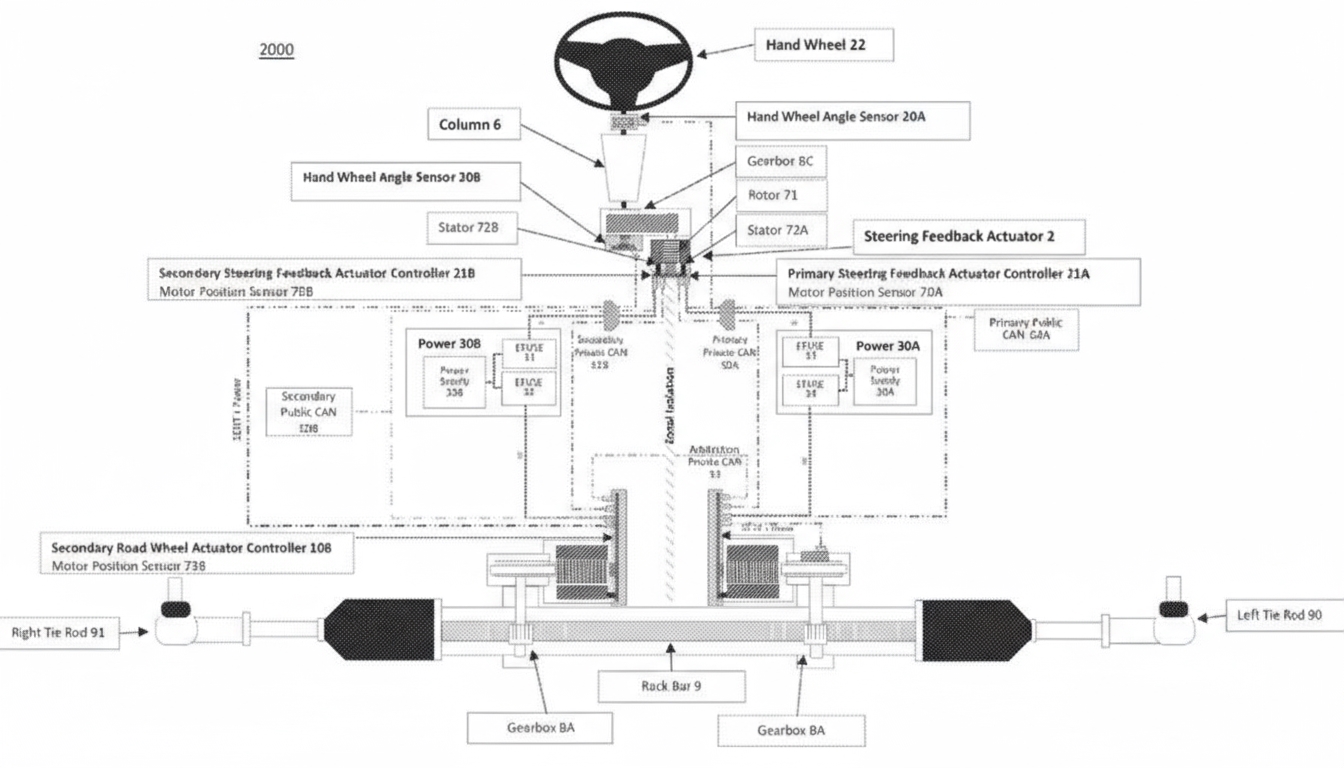
Summary of steer-by-wire systems: safety redundancy, actuation and driver feedback, and vehicle network design using gigabit Ethernet for low-latency steering control.
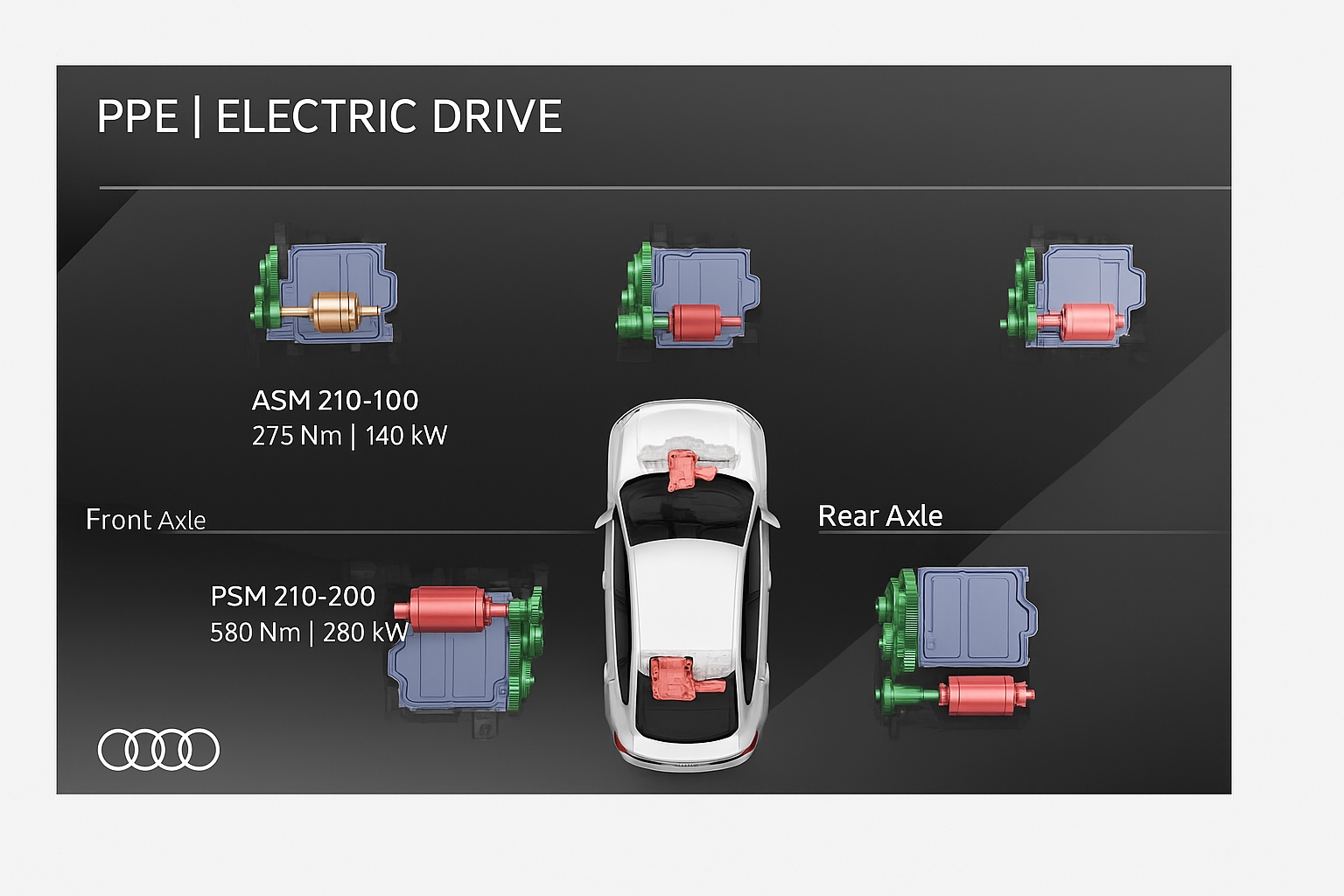
Audi Q6 e-tron pairs a front induction motor with a rear synchronous drive and adaptive front-rear regenerative braking to increase efficiency, reduce consumption and boost power.
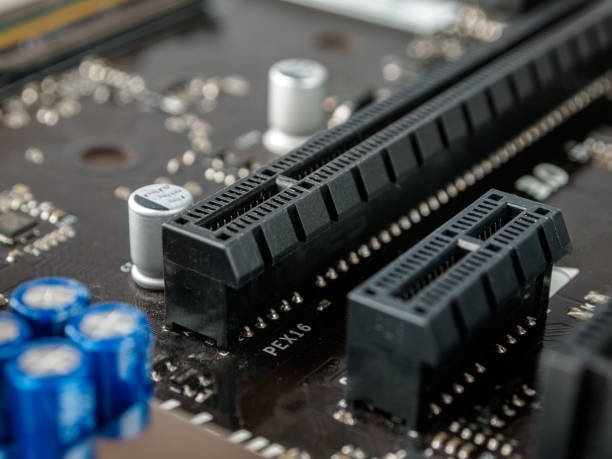
Overview of ECU faults, causes and diagnostics: power supply, output power module, memory errors, environmental and handling causes, and static/dynamic troubleshooting.
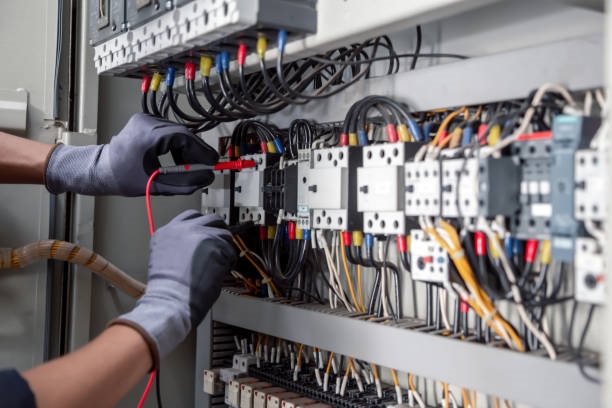
Technical review of automotive relay construction, operating principles, selection criteria and common failure modes with case studies for improving vehicle electrical reliability.
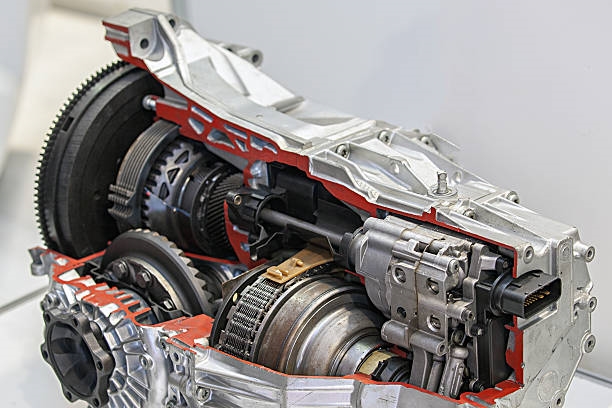
Overview of evolving vehicle chassis demands and major transmission technologies—Tiptronic, dual-clutch transmission (DSG), AMT and Porsche 7-speed manual.
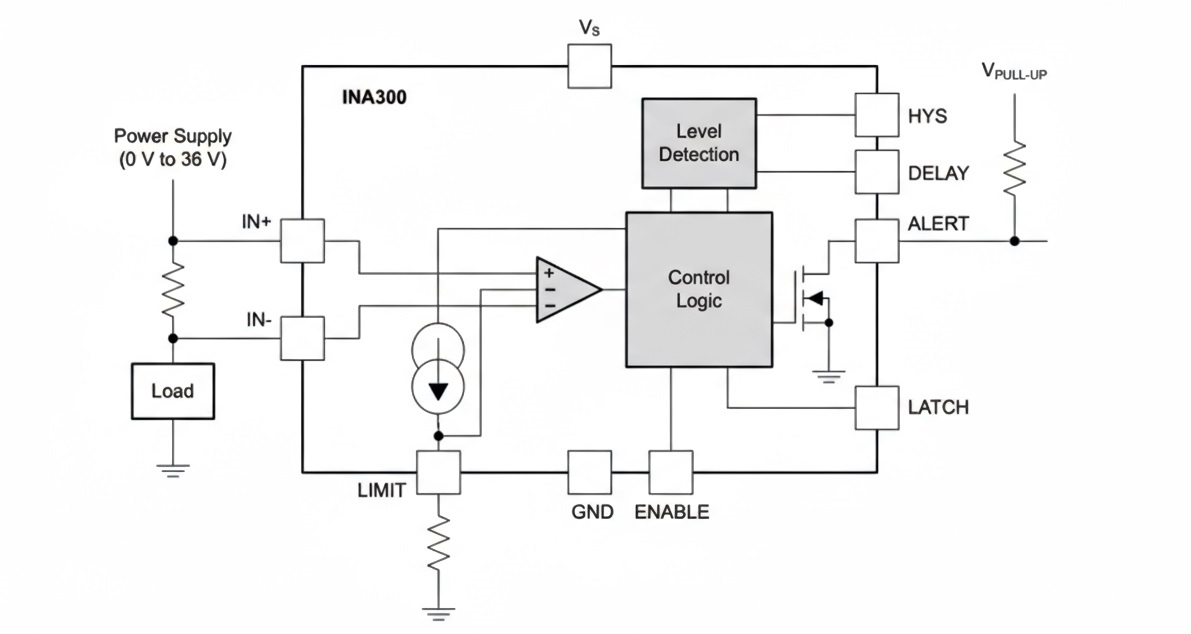
Overview of e-Fuse electronic fuse technology for vehicle electrical systems: advantages, MOSFET/MCU protection principles, applications in E/E architectures.
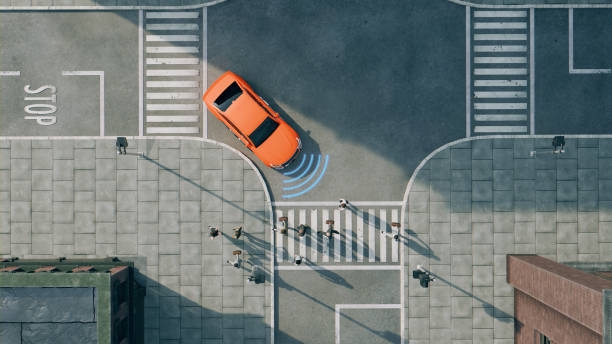
Overview of autonomous driving systems, driver responsibility and automation levels, and architectural commonalities enabling driver assistance, sensing and redundancy.

Technical review of engine types and major subsystems: cylinder layouts, valve timing, combustion/injection, forced induction, cooling, lubrication and transmissions.
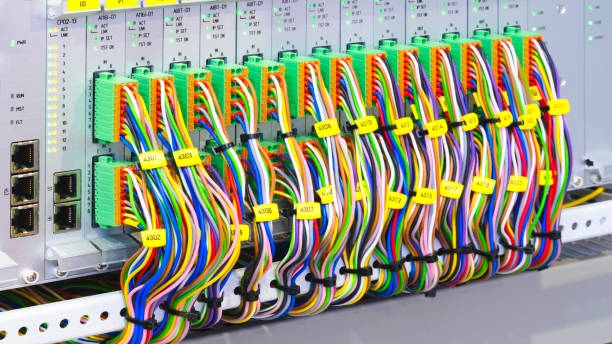
Technical overview of high-voltage wiring harness design and layout for new-energy vehicles, covering dual-rail architecture, connector selection, shielding, and routing principles.
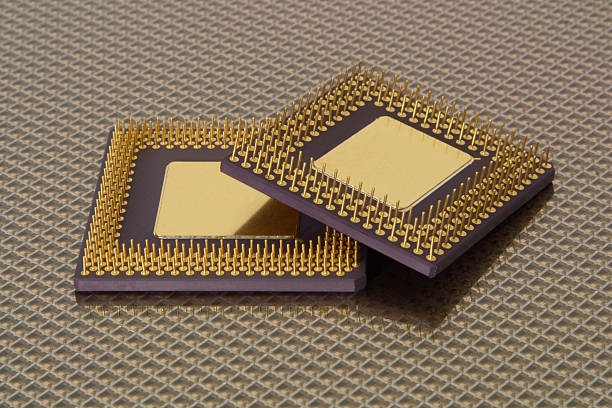
Examines why distributed ECU-based architectures are inadequate and how centralized EEA with domain controllers improves compute utilization, wiring, bandwidth and maintenance.
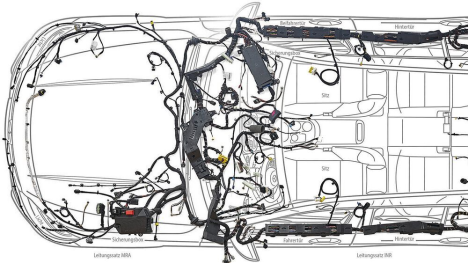
Analysis of 48V vehicle power network design and functional safety assessment, covering ISO 26262, modeling with PREEvision, architectures, FMEA, RBD and FTA.
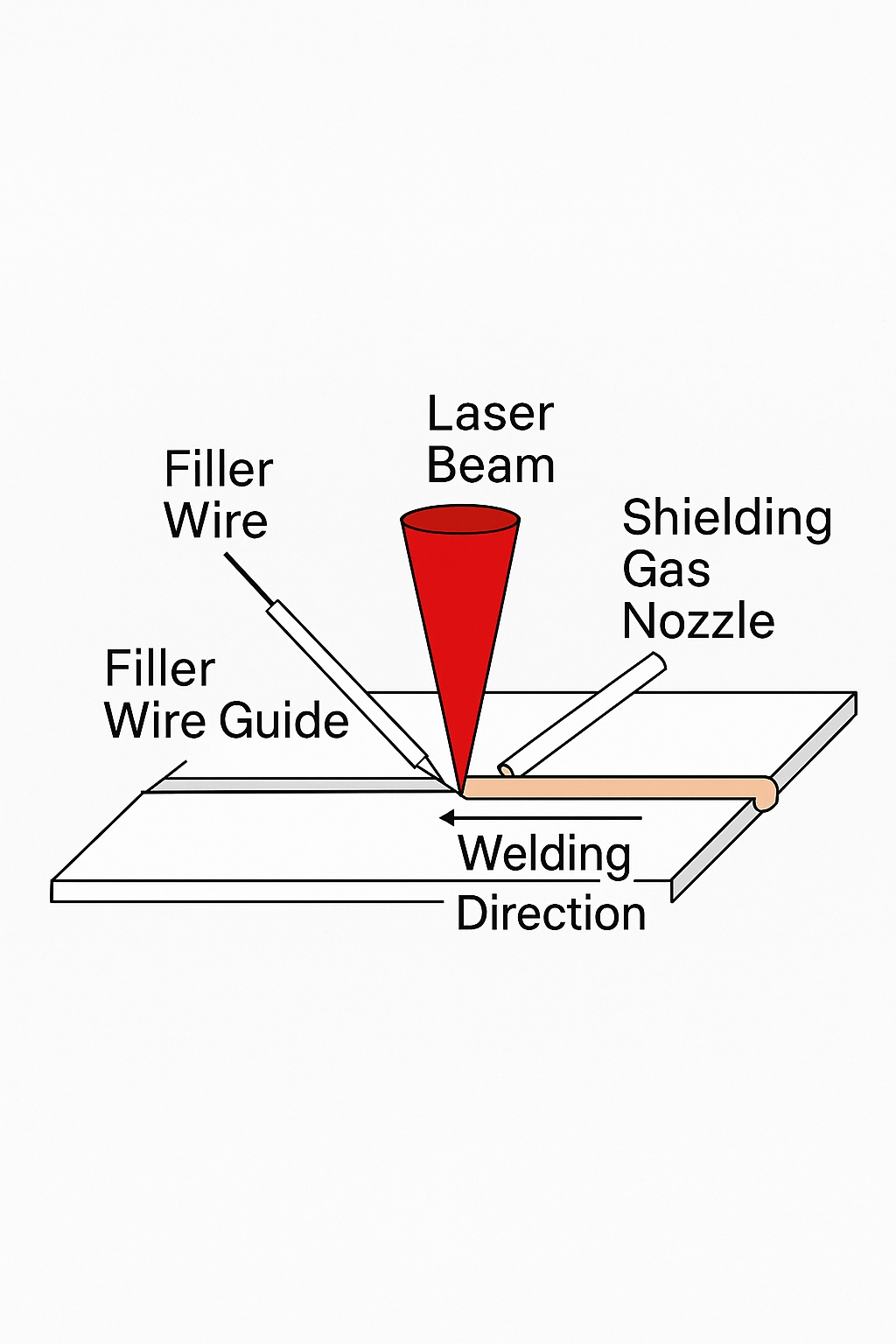
Technical overview of seven laser welding and brazing methods for automotive manufacturing, detailing process principles, advantages, and materials compatibility.

Analysis of EV thermal management and heat pump design best practices, comparing layouts, control strategies, system roles and trade-offs to improve cold-weather range.
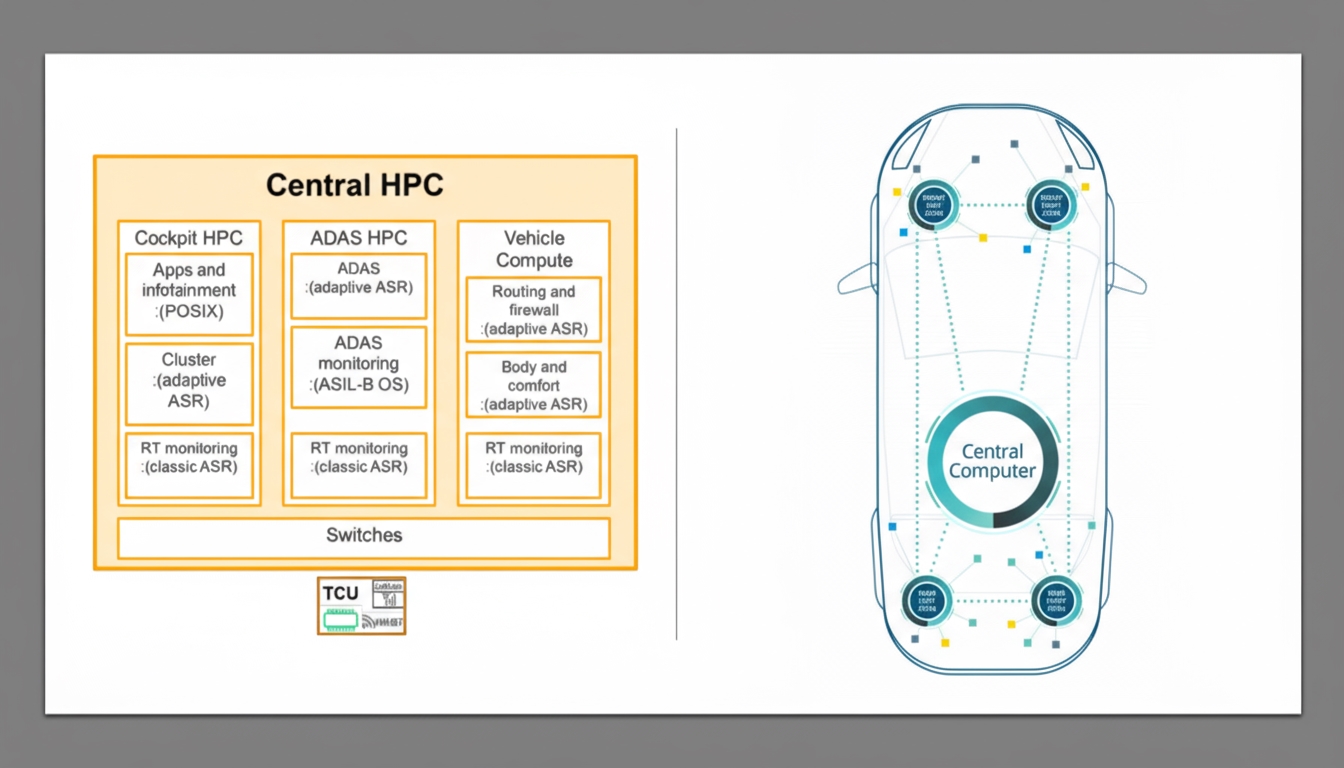
Analysis of automakers' in?house autonomous driving domain controller development: SoC selection, hardware/software architecture, mechanical design and verification trade-offs.
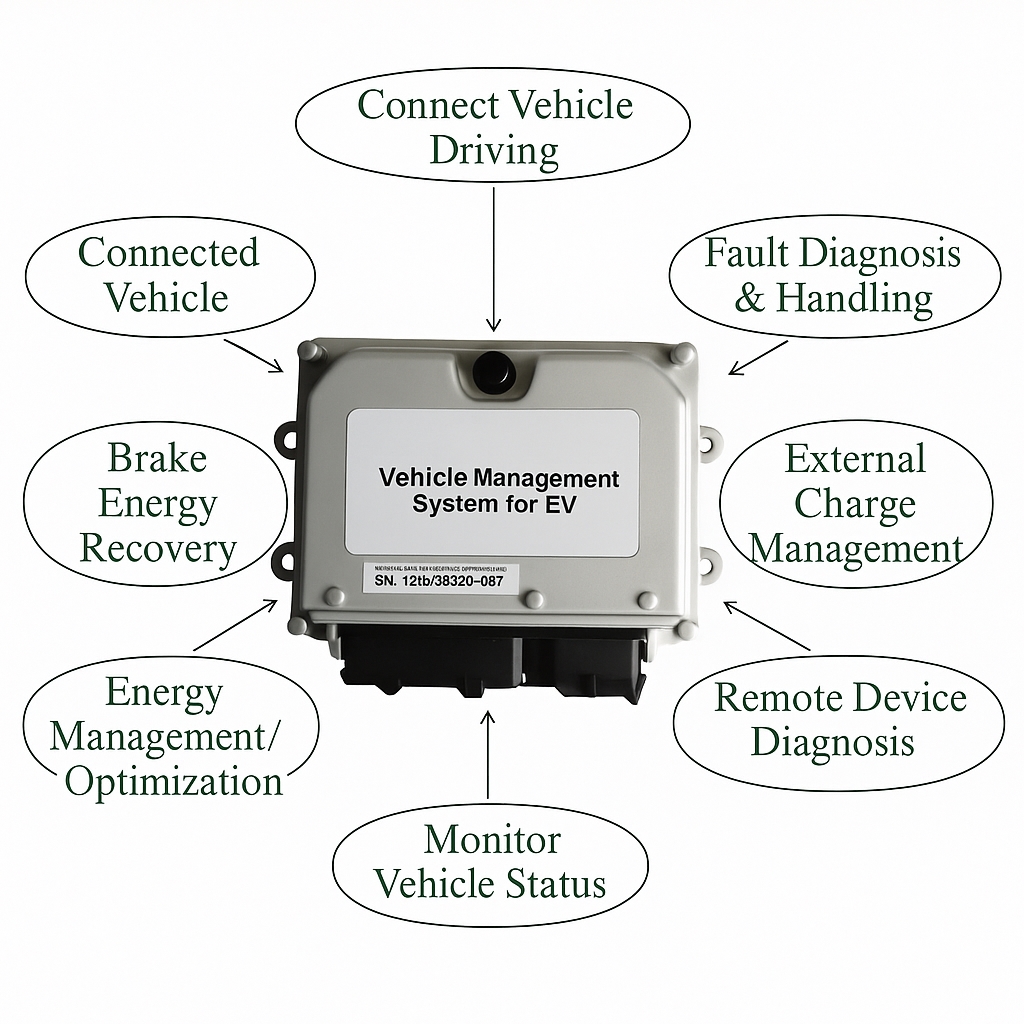
VCU (vehicle control unit) role in EVs: compares centralized vs distributed architectures and outlines core functions, drive control, regenerative braking, energy/network management.